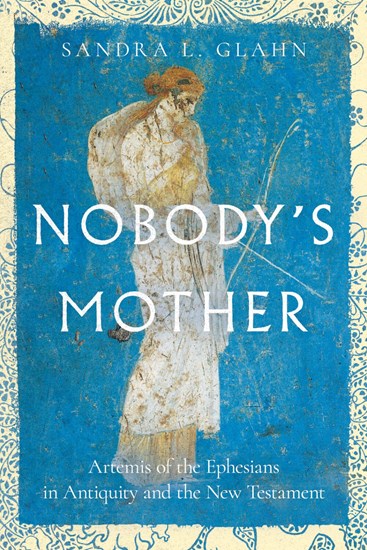
Views of the Role of Women in the Church: Grounded in Scripture or in Culture?
Some believe the role of women in the church is changing because of cultural pressures on the church. How much of what I believe about Scripture is based on cultural trends? I recently got into an online discussion regarding 1 Timothy 2:9-15. Paul states in this passage that he did not allow women to “teach or exercise authority over men.” To me, the broadest interpretation this passage can support is that women are not allowed to teach men in church. The narrowest is that Paul did not allow women to teach men in his particular local church. However, my friend felt that this prohibition extended beyond the local church.
As we dialogued, one statement caught my attention. My friend said that the interpretation she favored has been accepted for many years and allowing women to teach–for example, in a seminary–is a product of the women’s lib[-eration] movement. Ouch–that would have struck a nerve with me had I not just finished re-reading a section of Sandra L. Glahn’s book, Nobody’s Mother.
In her first chapter, author Glahn examines early examples of women holding positions in the church* and discusses reasons for the decline of women in public ministry. Among those reasons was a shift from the priesthood of all believers (1 Pet. 2:9) which is the New Testament model back to the Old Testament model of a male priesthood. Another reason among those she documented was the Greek views of women as “weak, fickle, lightheaded and of mediocre intelligence.”** It turns out many limitations on women in ministry today may be cultural. It’s certainly worth further investigation.
If you would like to do a little honest examination of your view of women serving in the church and in the larger Christian community, I recommend Sandra L. Glahn’s book, Nobody’s Mother. It seeks to discern what Paul meant when in 1 Timothy 2 passage above when he referred in verse 15 to women being “delivered through childbearing.” Absolutely committed to being true to Scripture, author Glahn delves into the latest historical research to better understand the setting in which Paul wrote. Dr. Glahn explores Scripture considering the latest research archeological resources, inscriptions, architecture and art to give a great understanding of the culture in which Paul wrote to Timothy in Ephesus.
Nobody’s Mother is an IVP Readers’ Choice award winner and was a finalist in the Biblical Studies category of Christianity Today’s nominations of books most likely to shape evangelical life, thought and culture. Give it an honest read. Whether you agree with every conclusion of the author, there is much to read and digest in this slim volume. I recommend you put it under the Christmas tree, if you don’t already have a copy.
*Glahn, Sandra L., Nobody’s Mother, Downer’s Grove: InterVarsity Press, 2023: p. 21-24.
**Glahn, pp. 24-25.



